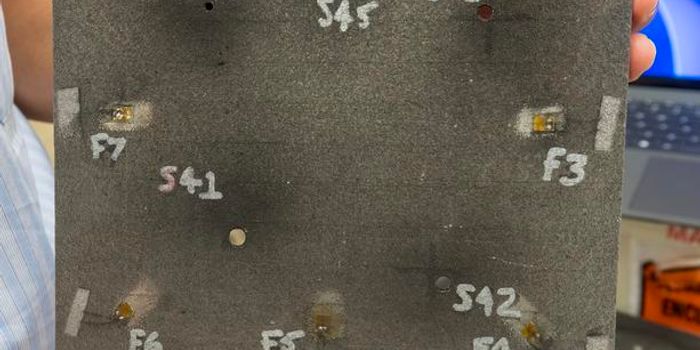Jupiter's Great Red Spot May Not Be Dying After All
Most people recognize Jupiter as the largest known planet in our solar system, but there’s another eccentric quality about the planet that helps it stand out from all the rest. That, my friends, is Jupiter’s Great Red Spot.

Image Credit: NASA
The Great Red Spot is a vortex-centric windstorm that is often likened to that of hurricanes here on Earth. Despite the glaring differences that set the Great Red Spot apart from the windstorms transpiring here on Earth, one fact remains: the Great Red Spot appears to be shrinking, and some scientists believe that it could disappear entirely within the current generation’s lifetime.
First observed in the 1830s, Jupiter’s Great Red Spot has captivated astronomers' interest for quite some time, and while a handful of scientists predict the storm’s near-future demise, others appear to believe that the Great Red Spot is healthy and will persist perhaps indefinitely.
Related: Jupiter's Great Red Spot is as powerful as it is captivating
Despite the Great Red Spot’s well-documented shrinking, and the apparent ‘shedding’ of red flakes observed in the storm’s outermost layers earlier this year, professor Phillip S. Marcus from the University of California, Berkeley and colleagues believe that this behavior is related to weather patterns on Jupiter, and that it’s completely normal.
Marcus goes on to explain that he believes the central vortex that fuels the Great Red Spot is still alive and well, and that Jupiter’s uppermost clouds can quite easily mask what is actually happening just beneath them.
“We beg to differ with that conclusion [that the Great Red Spot is dying],” Dr. Marcus said on Monday. “You can’t just conclude that if a cloud is getting smaller that the underlying vortex is getting smaller.”
Related: Juno spacecraft flies over Jupiter's Great Red Spot and captures stunning images
Based on the results of computer simulations, Marcus and his team learned that the uppermost clouds can often contradict and mask that is actually happening at the core of the storm, which resides much deeper in Jupiter’s thick and colorful atmosphere. In fact, the vortex of the storm appears to be alive and well.
The computer simulations also showed that the occasional atmospheric cyclone collides with the Great Red Spot, which is an anti-cyclone. This generates friction, and this appears to have an immediate impact on the storm’s appearance from the uppermost clouds, including the illusion that the Great Red Spot is shrinking or that clouds are breaking off from it.
“It’s like having two fire hoses aimed at each other,” Dr. Marcus added.
In conclusion, Jupiter’s Great Red Spot undergoes visual transformations as it endures friction from adjacent storms and atmospheric winds, but the heart of the Great Red Spot continues to beat strongly. Marcus and his team believe that the Great Red Spot will persist well beyond our lifetimes, if not for several more centuries; furthermore, that we can’t rely on the outermost clouds to explain what’s happening at the core of the storm.
So, is the Great Red Spot actually dying? The short answer is we simply don’t know enough about it to assume one answer or another. Perhaps future research will uncover more about the Great Red Spot’s anatomy and current health.
Source: New York Times








